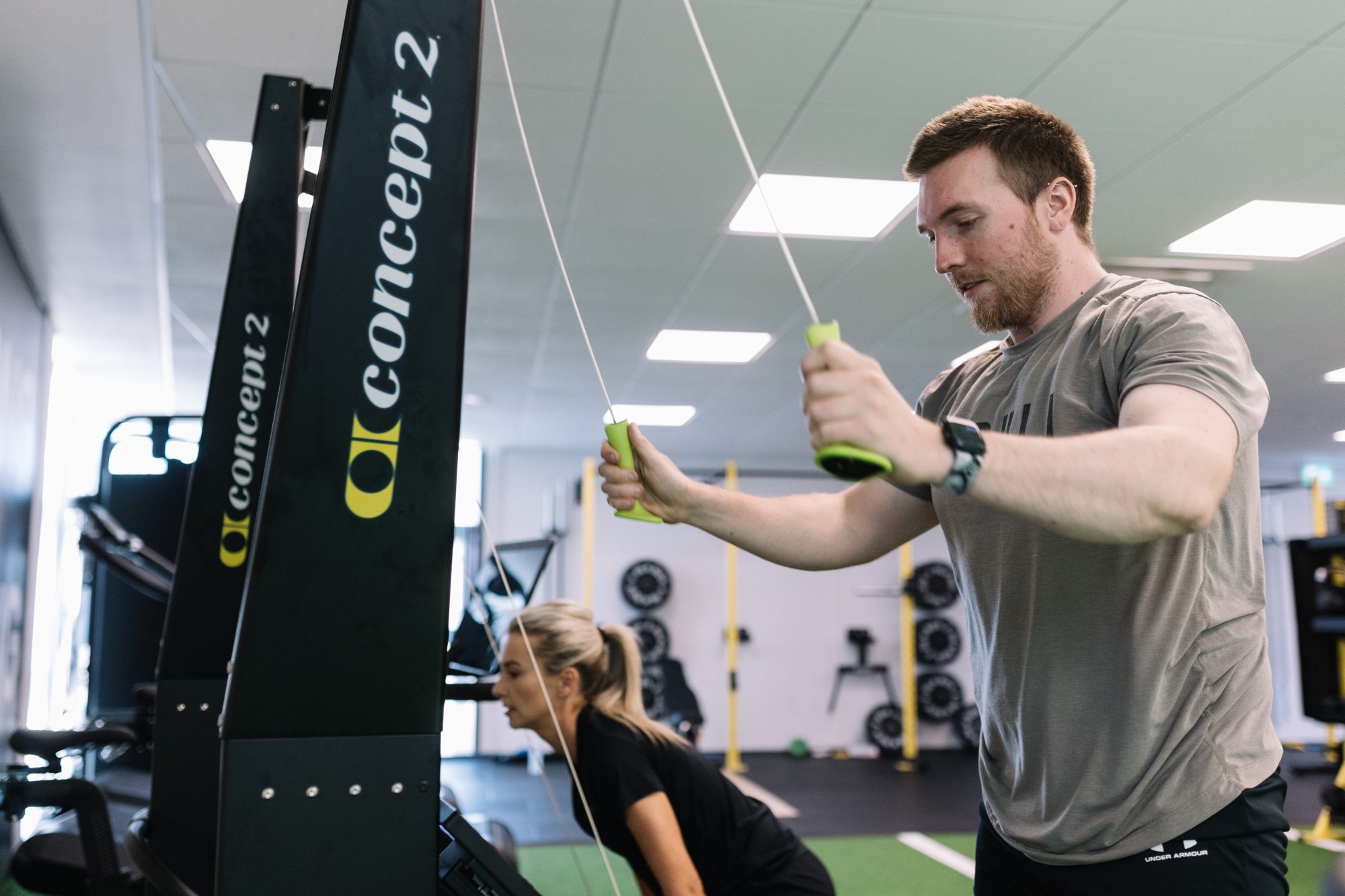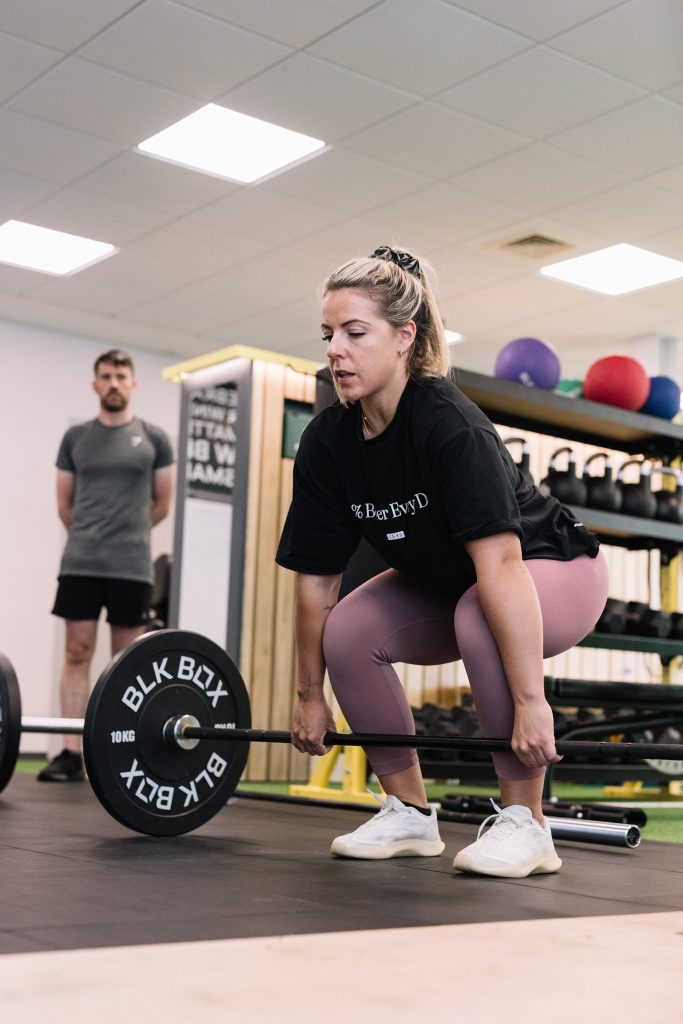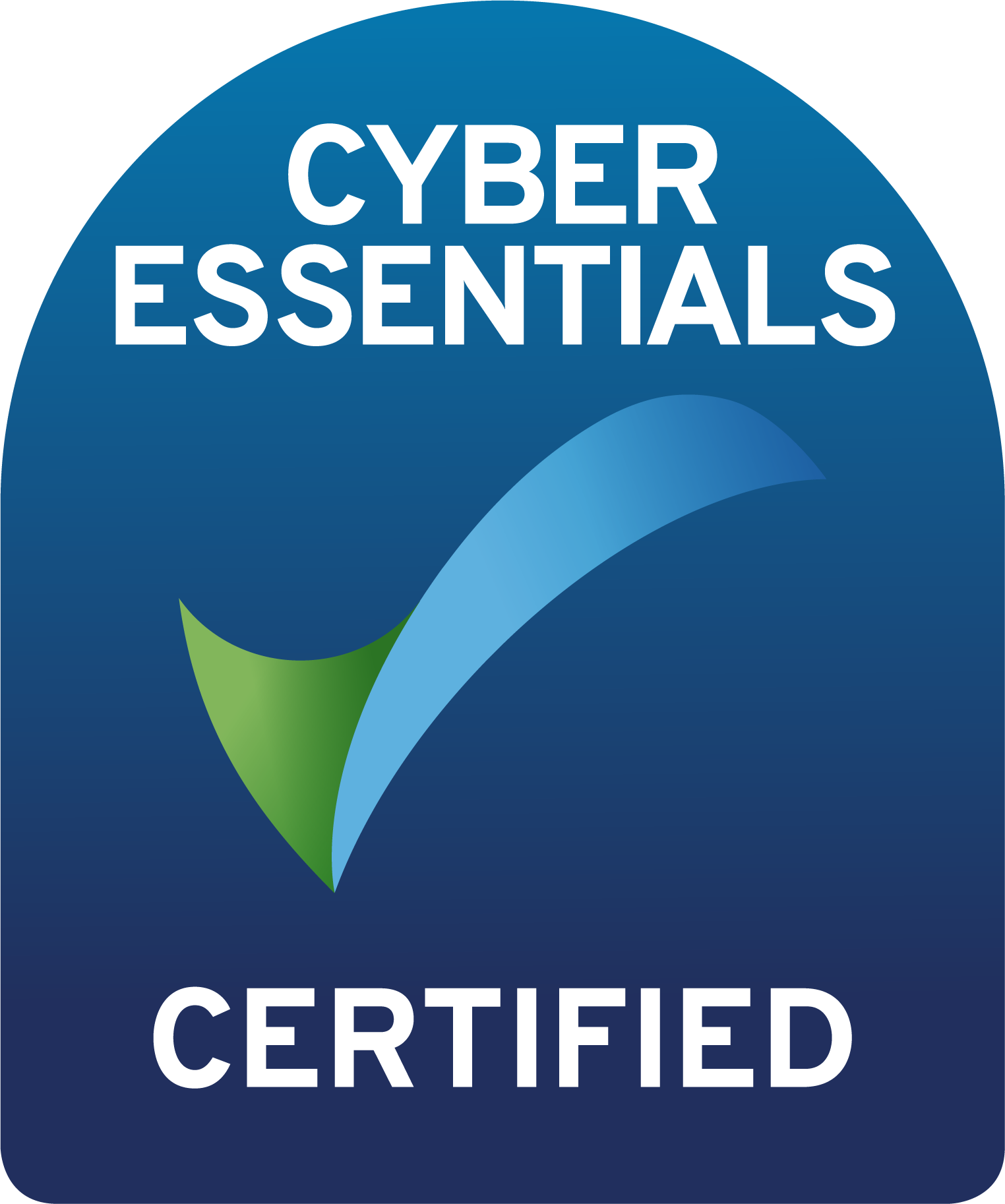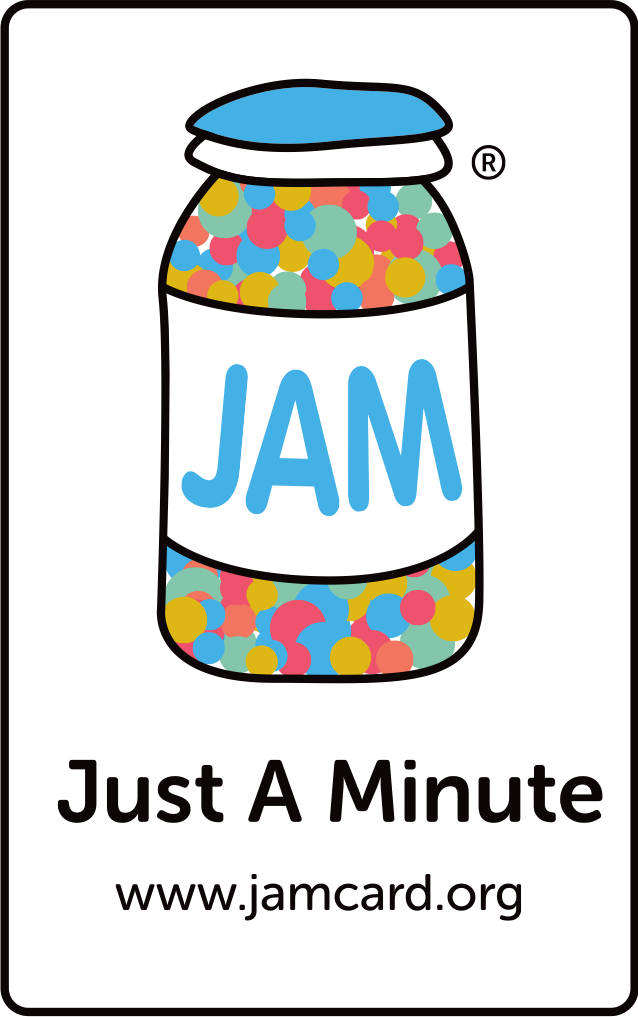Fundamental exercises to try – Move More September
It’s Week 2 of Move More September and this week we caught up with Coach Aisling to learn some gym fundamentals and what […]
August 30, 2024

It’s Week 2 of Move More September and this week we caught up with Coach Aisling to learn some gym fundamentals and what you should consider when creating an exercise routine.
Find out more about the Catalyst Gym, including how to become a member, via the link below.
What should you consider when creating your exercise routine?
Starting at the gym or being a beginner to exercise can feel really difficult, and it can be hard to get back into the swing of things.
By taking some simple steps, you’ll be able to start building your confidence in no time. Here are some steps you can take to get started:
- Find your why and then set a goal: Ask yourself why you want to get started in the gym. It could be that you want to feel more confident or destress from work. Everyone has a different reason and once you’ve got your reason then you can set a goal. Give yourself a goal you would like to achieve in the next 8 weeks and then another goal of where you’d like to be in one year’s time; you’ll have one short-term goal that never feels too far away and a long-term goal that you can work towards. Your goal can look something like improving your overall health; getting fitter to run a 5k; or building strength to be able to squat your bodyweight.
- Find an activity you enjoy: Enjoying exercise is extremely important, and this could be anything from weightlifting to running or taking part in a class.
- Start slowly and build it up: If you’re new to the gym you want to be realistic with what you can manage in a week, so start slow and build it up. This also will allow your body to adapt to the volume of training and you’ll find every week your stamina and your recovery will improve.
- Create a routine: Set aside regular days and times each week to exercise. This will help you establish a routine and make it easier to stick to your new habit.
- Get support or some accountability. Try bringing a friend with you to the gym or joining in on a class so you have the extra support around you and the accountability of booking a class.
- Have a plan: Having a plan of what you’re going to do in the gym is going to set you up for a good workout. We recently released a video with 5 great exercises to get you started in the gym (see video above) or join in on one of the fitness classes so that the plan is already made for you.
- Fuel for your workout: Try eating around 90 minutes before working out, ideally focusing on incorporating carbs and protein, such as yogurt and granola, bagel and banana, protein smoothie, Ryvita with cream cheese and ham.
Building on your foundations
Once you’ve taken the first steps and broken through the barrier of being a beginner it’s time to start upping the ante and working towards building on the foundations of the routine you have set in place. This can come from a variety of different methods that you can implement:

- Introduce more advanced exercises into your workouts: For example, progressing the air squat or goblet squat to a barbell squat. Here you can also slowly start to add more weight and track progress.
- Progressive overload: As mentioned above, adding more weight to an exercise will increase the difficulty and levels of output required. This is one way to monitor progress, but this can also come by adding more sets of each exercise, adding more reps, or simply seeing an improvement in form!
- Increase workout frequency: As your body begins to adapt to the volume of activity you can begin to add more workouts into your week. However, it is crucial to listen to your body to avoid overtraining and prevent injury.
Workout of the Week
Strength:
Shoulder Press
4×10 reps | Keep your legs and glutes tense and focus on pushing through the shoulders
Weekly Challenge:
How many calories can you do in a minute?
1 minute of max calories on the Ski erg
Conditioning:
200m run
5 burpee broad jumps
10 push ups
15 air squats
Conditioning notes:
- Start with a controlled pace to avoid burnout. The run should be challenging but not exhausting.
- Focus on quick transitions between exercises to maximize your rounds.
- Control your breathing, especially during the run and air squats, to help recover between the more intense movements.







